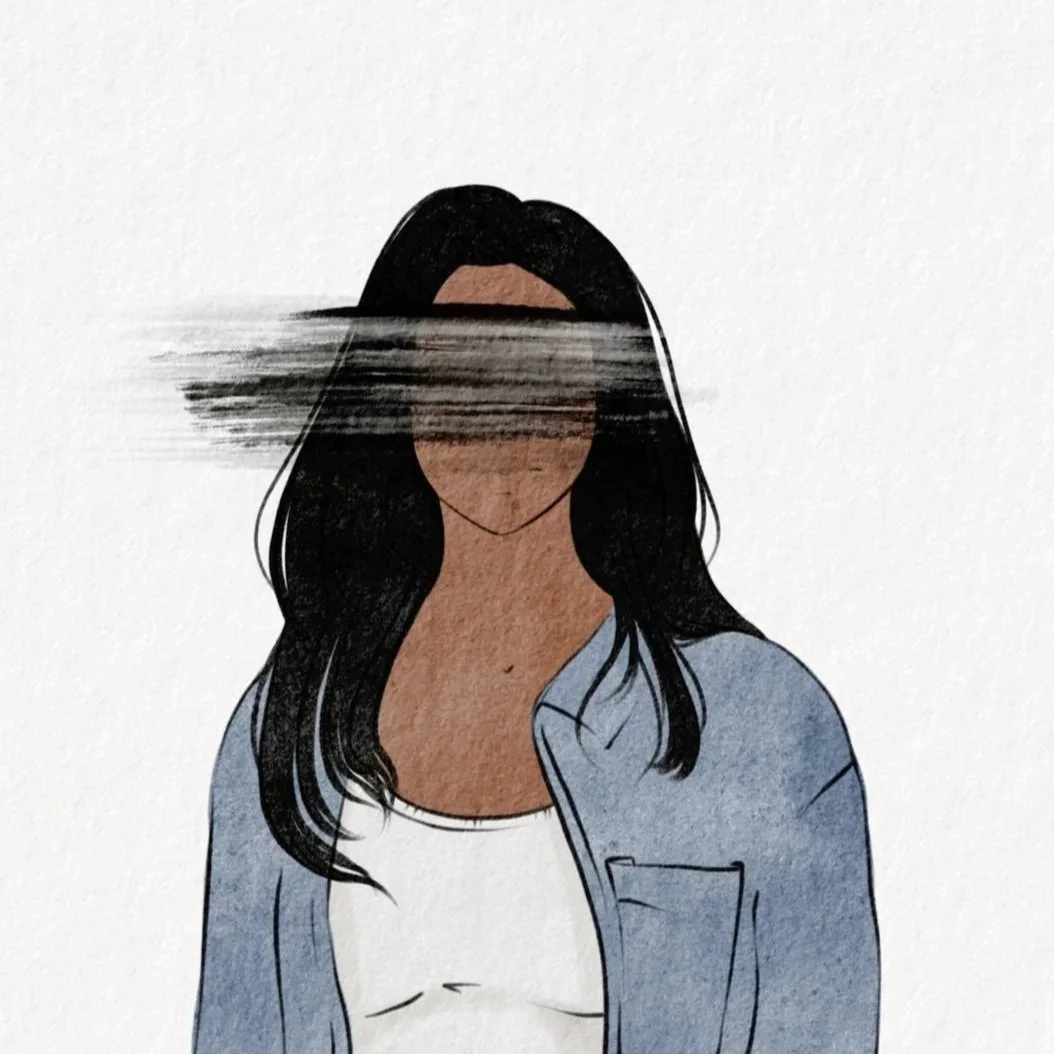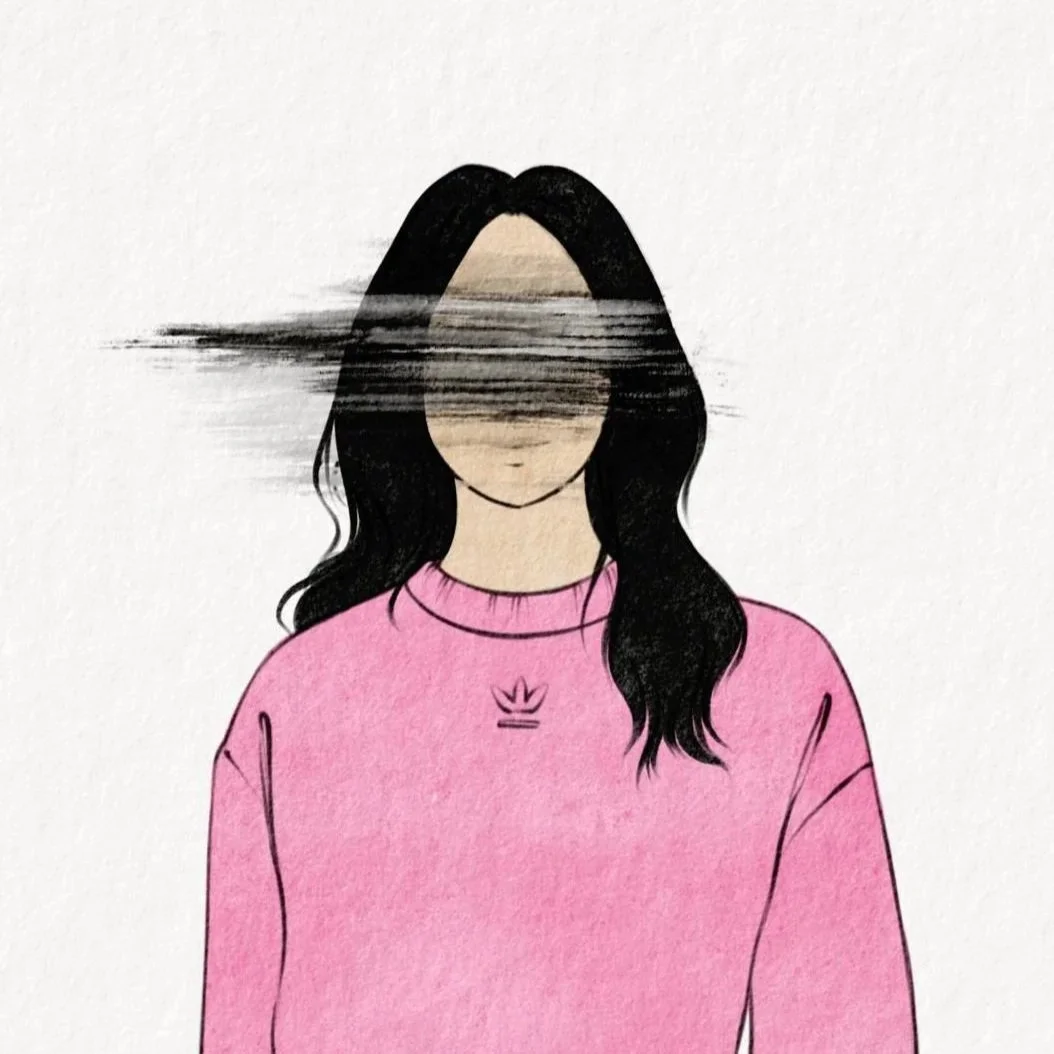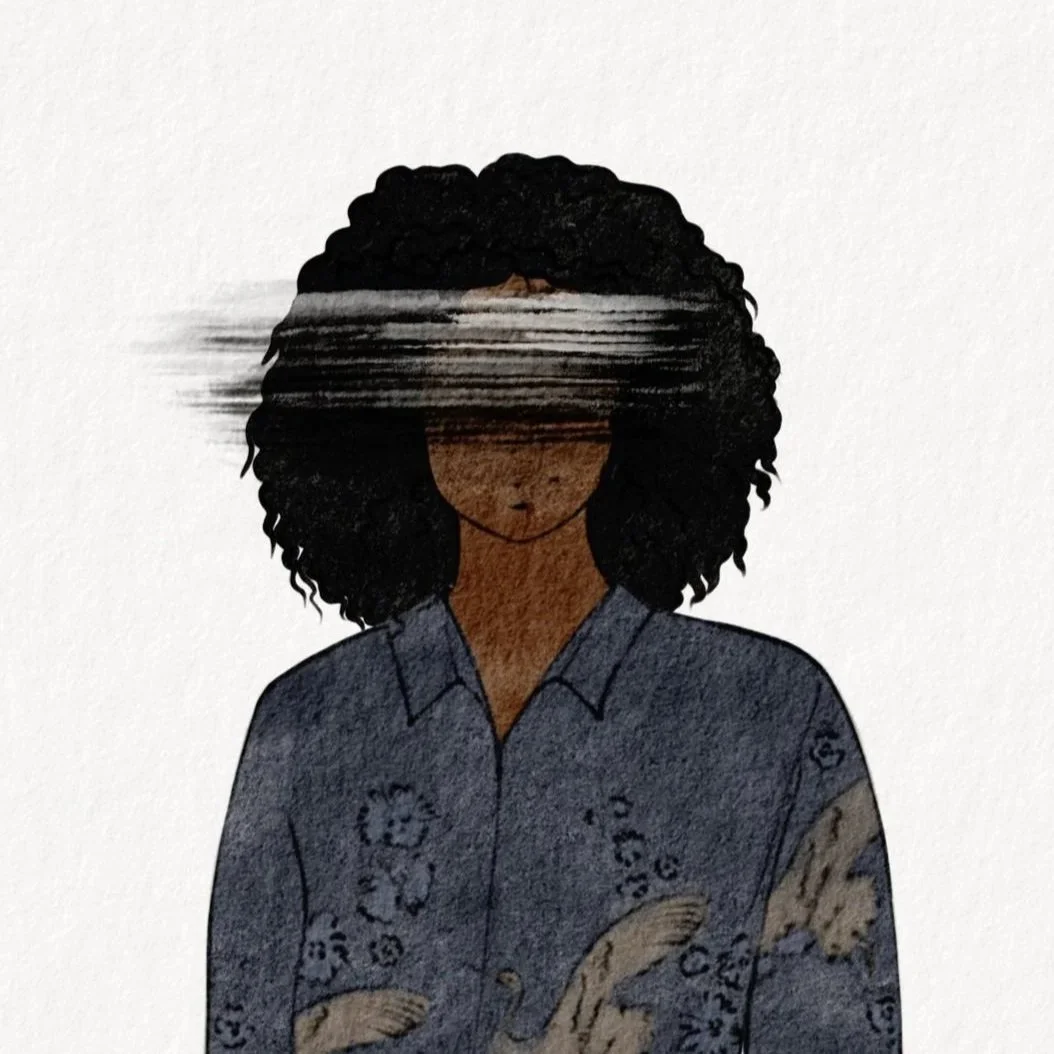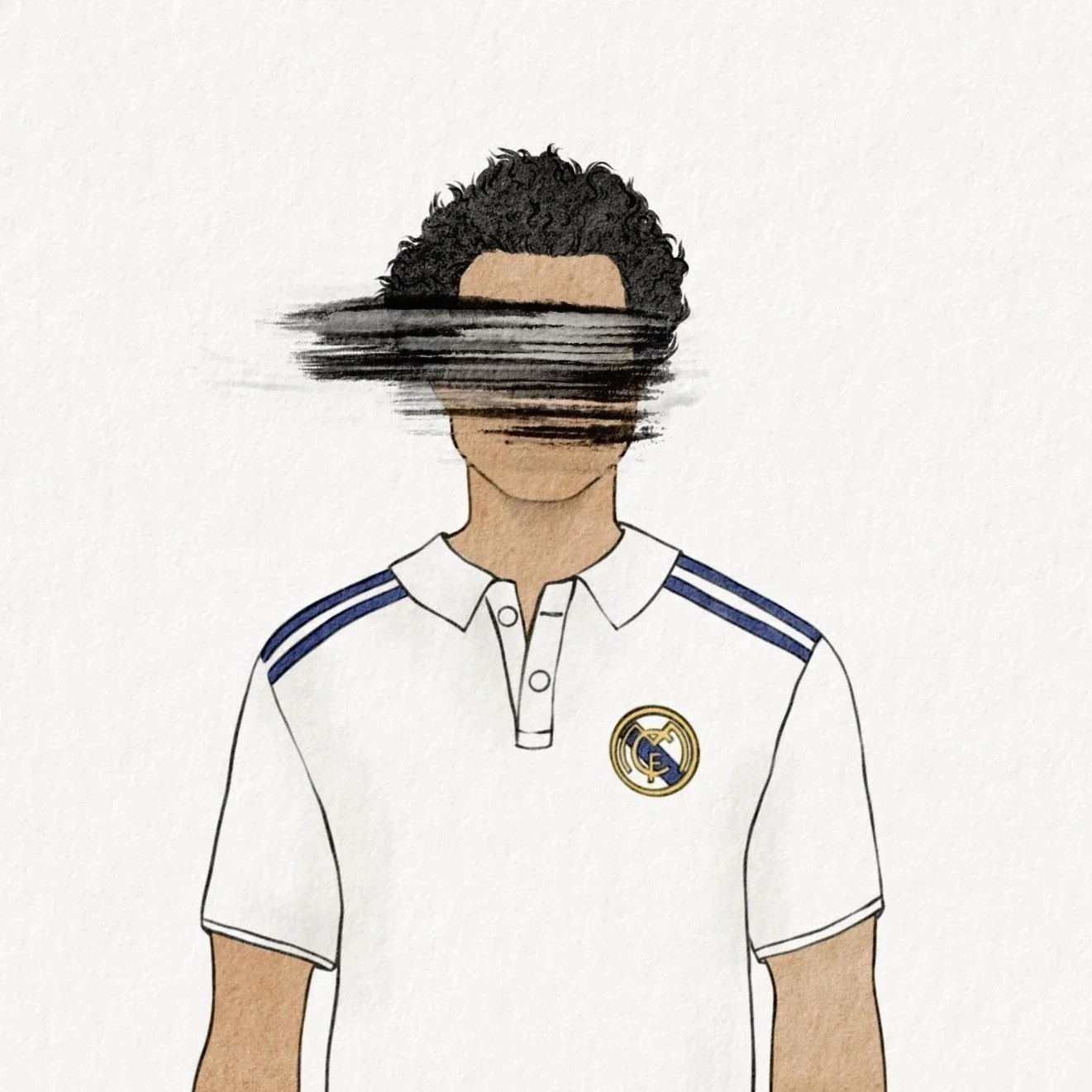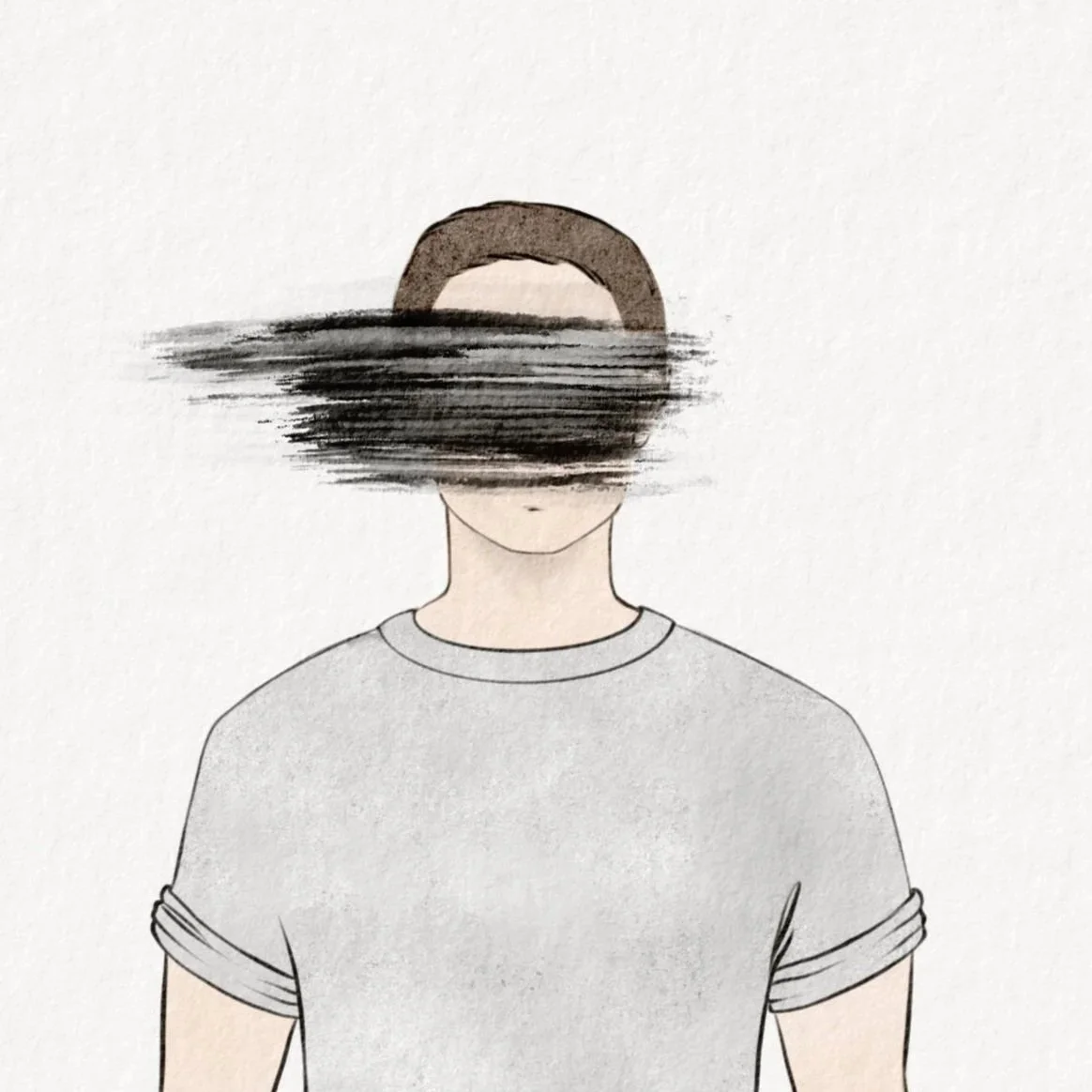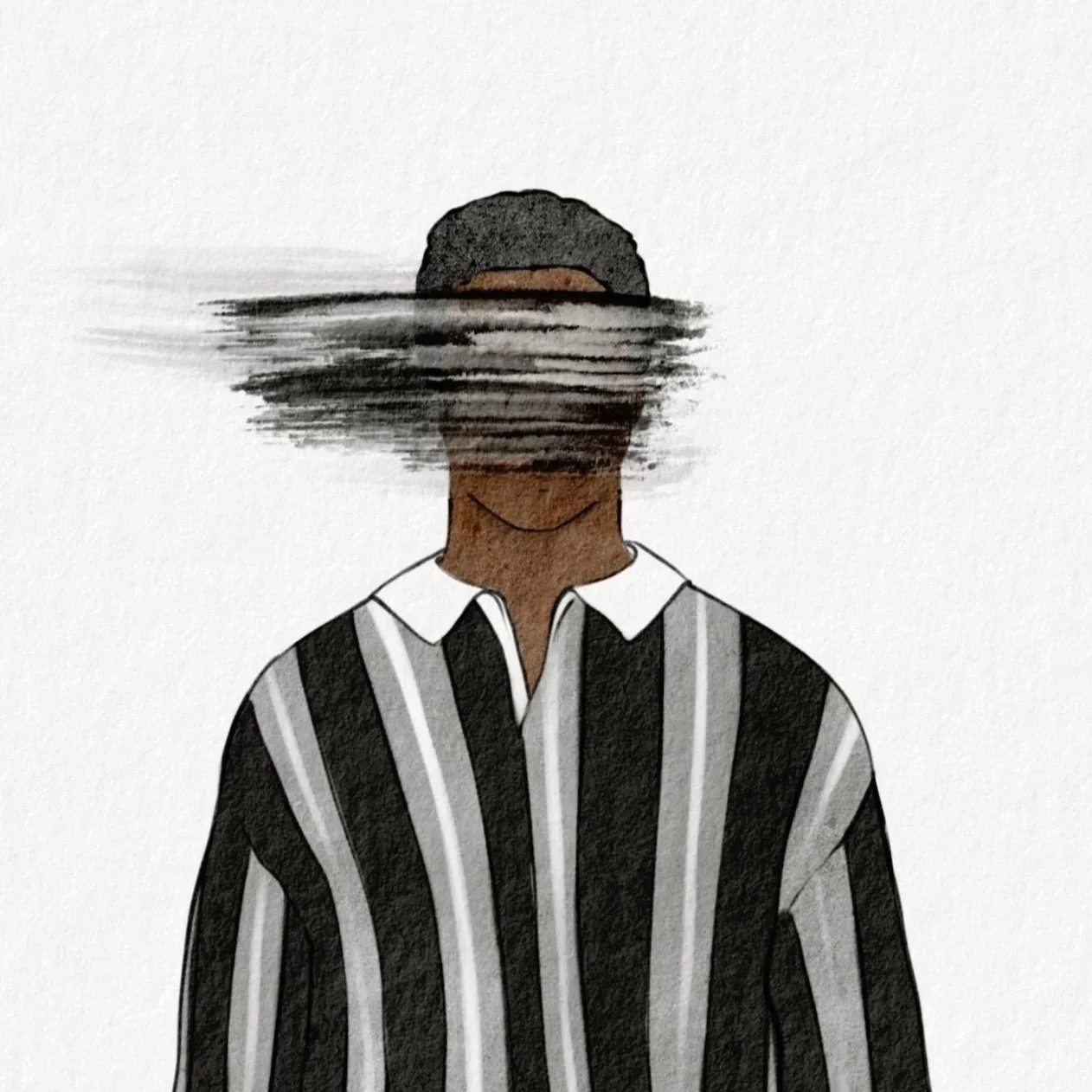The story goes that half the way on a long-haul, international flight, a faulty plane is forced to land off its course, leaving a few passengers from around the world stuck in the same, far off place. Over a few days in a troubled hotel, the passengers connect and then decide to stay and start a life and business together during what becomes a historic time in that new and different land.
The primary themes.
Bound (for) adventure.
— The first meaning in the So Far Bound title is the idea of going somewhere or toward some thing. The inciting action for the entire story is that the characters all decided to catch a flight to someplace new to them, and that action of traveling shapes an overall series theme of expedition. Over time, we’ll see the characters discover, explore, settle and then advance or fall in their new world.
Bound (to) others.
— A second meaning is the idea of being tied to or connected with others. Once the characters find themselves stranded, they’ll each make way to the same hotel, and from there, we add a second shape to the story: the evolution of a found family. Within the the hotel (and the city), the strangers will cross paths, attach, and grow in harmony and in conflict with each other.
The “Bound” Book Club — These are two books that share a similar spirit and shape with the series. They’re two of the greatest ever, so, we can’t compare, but each is also about an ensemble of characters exploring and settling in different places from which they originated.
The story settings.
The larger world.
— For now, the story takes place in the fictional city of “Lina” (lee-nuh). It’s written as a place with a nice blend of the urban and the natural, with varied architecture plus greenery and the sea. … Once a final, filming location is selected we may ultimately use that city’s name, especially if it’s well known. Either way, the plan for the story’s world is to embrace the cultural and societal qualities of a real place and soak that into the storytelling. (The adjoining photo is for reference only, of the kind of location preferred).
The local spots.
— After the flight makes its emergency landing, a few passengers are shepherded to a hotel that’s seen its better days: “The Wild Horse.” It’s envisioned as smaller, in a city center location; it’s quaint and eclectic and with a few issues. Once the passengers decide to stay a little longer, the hotel will act as a makeshift home. … Across the street stands “The Lime Tree,” a bar and cafe that will become a de facto kitchen and living room for the passengers. It’s envisioned as compact, but with enough room to boogie when the music is on. At night, its tall, wide windows should light the street’s corner. (The drawing shows an early idea of the main, story sets/street).
The flight passengers (main cast).
“Devika”
— A hair stylist by day and musician by night. She’s the most “normal” one; she has big sister energy.
“Mei Ling”
— A pediatric nurse who used to dance. She’s a little dorky but has some spunk to her. She brings sweetness.
“Samirah”
— A sous chef who draws comics in secret. She has a cool manner but still likes to get down. She brings stature.
“Valya”
— An engineer and decorator of random things. She’s a little weird but only because she’s curious - and blunt.
“Al-Haj”
— A plumber with a passion for skateboarding. He’s streetwise and lively. He makes others laugh but by accident.
“Dwi”
— A beekeeper who likes to write and paint. He’s easygoing but also more aloof. He brings a bit of grace.
“Gustavo”
— A roofer who used to play guitar in a band. He’s sort of a brute but with some sincerity. He can bring the bash.
“Jonathan”
— A bin man who can make anything by hand. He’s sunny, smooth but with bite. He connects with anyone.
The city locals (support cast).
“Fernanda”
— 60s. Owner of “The Wild Horse” hotel. A former teacher; has a worldly quality.
“Catalina”
— Teen. A housekeeper at “The Wild Horse.” She’s in her bad attitude phase.
“Paz”
— 70s. Runs a small, city newspaper. She’s luminous; she has a killer smile.
“Vicky”
— 40s. The district, delivery driver. She has a kooky, screwball manner to her.
“Boo”
— 60s. Owner of “The Lime Tree” bar. A former soldier; a real straight arrow.
“Godwil”
— Teen. A security guard on the block. An aspiring policeman. More reserved.
“Jimmu”
— 80s. A bartender at “The Lime Tree.” He used to build ships; has a charming way.
“Red”
— 50s. A hustler and a frequent taxi driver for the hotel. Spiritual; strange.
NOTE 2 — It’s likely (hell, it’s expected) that some of the characters listed will change or be removed altogether during development of the series. So for now, we’ve kept their summaries shorter and broader and will hope to expand upon them as the pieces come into place.
NOTE 1 — The main characters above would perform in a co-lead manner, kind of like that hit show from the ‘90s. They’re written as being in their late 20s to late 30s.
Deeper dives.
STORY & CHARACTERS — For more on the themes and characters.
STYLE REFERENCES — For ideas and inspirations for the series.
EPISODE GOALS — For a breakdown of the first season funding goals.
SERIES COSTS — For all the elements that go into making a series.





